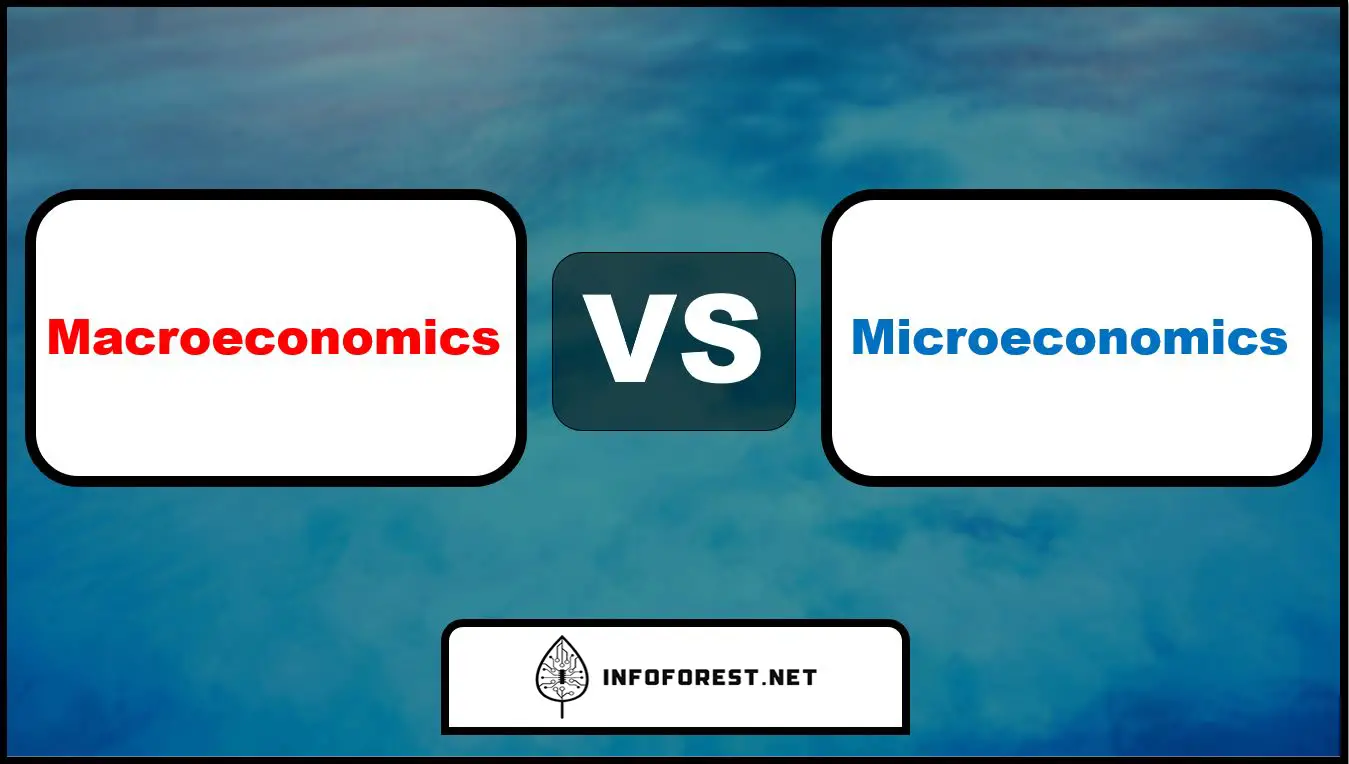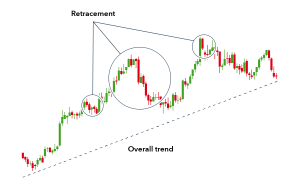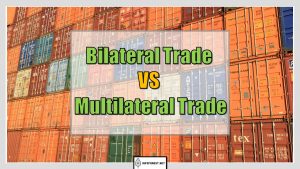
Economics is an important area of the social sciences that deals with the production, consumption, and distribution of products in society. Economics is divided into two areas: Macroeconomics and Microeconomics. Microeconomics is concerned with how individuals and firms allocate resources, set prices, and make other financial decisions. Macroeconomics deals with the overall economy and policies of a country. Microeconomics and macroeconomics are not separate subjects, but complementary perspectives on the overall subject of economics. The main purpose of the Difference between Micro and Macro Economics article is to examine the similarities and differences between these two concepts.
Macroeconomics
To better explain the Difference between Micro and Macro Economics, it is necessary to introduce each of these concepts individually and then compare them. Macroeconomics deals with all economic activity or the economy as a whole. It is mainly concerned with issues affecting the whole economy and the behavior and performance of aggregate variables.
On the other hand, macroeconomics is a field of economics that deals with the behavior of an economy as a whole, including the market and other large-scale processes. Reasons for unemployment, reasons for differences in living standards, international trade, economic growth rates, government debt, gross domestic product, and inflation fluctuations are just a few examples of the phenomena that macroeconomics analyzes.
Macroeconomics includes:
- Economic growth: over time, a country’s GDP positively affects its economy by increasing the market value of the goods and services it produces. This process is called economic growth.
- Inflation: When goods and services are in high demand and no longer as readily available, inflation occurs, reducing the value of money and slowing economic growth. As a result, consumers have to pay more for the goods and services they buy.
- Gross domestic product (GDP): GDP is one of the most important measures used to assess the health of a country’s economic system. The fiscal value of all finished goods and services produced within a country’s borders is measured by GDP.
- National Income: National income is a measure of a country’s economy and the purchasing power of its population. It is an important economic indicator. It represents the total amount paid to a country’s inhabitants in the form of profits, salaries, interest, rents, and pensions.
- Unemployment: This element shows how many people are unemployed in a country, and the unemployment rate indicates how often people look for a job. This ratio is calculated by dividing the total labor force by the number of unemployed.
Microeconomics
As we mentioned before to better explain the Difference between Micro and Macro Economics, it is necessary to introduce each of these concepts individually and then compare them. Now it’s time to introduce Democracy. Microeconomics is the field of economics that focuses on the actions and outcomes of specific groups of economic agents, such as individuals, families, firms, industries, and so on. It studies how a few resources are distributed among different people to satisfy their needs. Microeconomics is concerned with the choices people make, the factors that influence their choices, and how their choices affect markets for goods by influencing price, supply, and demand. It also sets the parameters for the most efficient use of resources to maximize productivity and promote social welfare.
Microeconomics includes:
- Demand for services and labor, including individual labor markets, demand, and determinants such as a worker’s wage.
- Supply and demand in different individual markets.
- Consumer behavior, as an individual or as a group, e.g. the theory of consumer choice.
- Individual labor markets – e.g., demand for labor, wage determination.
- Externalities arise from production and consumption, e.g., externalities.
Most Viewed Articles
Comparison Chart for Difference between Micro and Macro Economics
| Point of comparison | Microeconomics | Macroeconomics |
| Definition | Microeconomics examines a particular market sector of an economy, focusing on the individual level. | It examines different market segments and tries to understand the economy as a whole. |
| Areas of study | focuses on smaller organizations and is concerned with the actions of individuals | Deals with much larger structures such as the economy of a country and all the elements that surround it. |
| Deals with | Individual economic variables | Aggregate economic variables |
| Important topics to deal with | Wage, consumer behavior, demand, supply, factor pricing, product pricing, production, consumption, etc. | Economic growth, inflation, GDP, National income, distribution, unemployment, price level, etc. |
| Limitations | Was accused of making irrational assumptions, such as the existence of full employment, which is an impractical premise. | Although macroeconomics analyzes this phenomenon in a way that considers individuals and the aggregate as one and the same, the considerations about the aggregate do not always apply to individuals. |
| Tools | Demand and Supply | Aggregate Demand and Aggregate Supply |
| Central strategy | Focusing on firms and households and analyzing consumer behavior, resource allocation, and human decisions is more of an individual-centered approach. | Looking at the entire economy with a broad perspective. |
Summary of Difference between Micro and Macro Economics
Although microeconomics and macroeconomics have some differences, both are crucial and must be understood to gain a comprehensive understanding of economics. Microeconomics and macroeconomics are neither different fields of study nor incompatible concepts; rather, they work best together. The only important point which makes them different is the area of application. Understanding the domestic economy is critical, but it is also important to understand the household economy and the economy as a whole, as these factors help determine a country’s economic policies.
We also invite you not to miss our other popular articles such as Race vs Ethnicity, Difference between Developed Countries and Developing Countries, Republic vs Democracy, and Difference Between Management and Administration.






